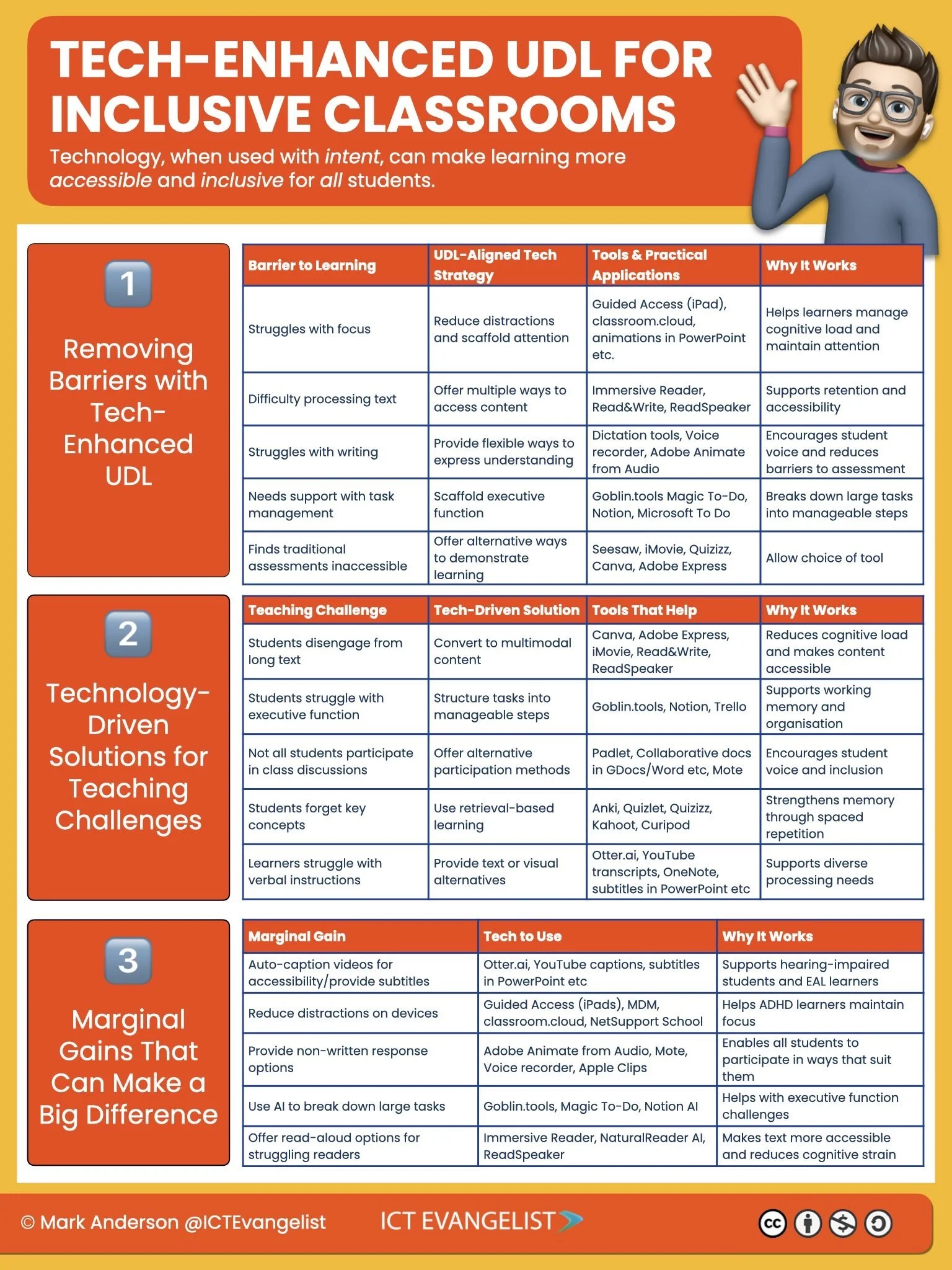Literacy for All: What the New Writing Framework Means for Inclusion and SEND
Book, Dog, Fairy Tales
The Department for Education’s new Writing Framework is new non-statutory guidance for teaching writing from Reception through Year 6. Aligned with the National Curriculum, EYFS Framework, Reading Framework, and Ofsted expectations, it brings a clearer structure to what effective writing instruction looks like, and, crucially, where support needs to be embedded.
This blog is my take on what the framework means through an inclusive lens, especially for those of us supporting pupils with SEND and exploring the potential of assistive technology.
The Writing Framework: Clear, Practical, and Inclusive
The Writing Framework sets out a practical roadmap for teaching writing well from Reception to Year 6. It focuses on the essentials:
Develop language and writing through talk, vocabulary and oral rehearsal
Prioritise motivation and confidence alongside accuracy
Build fluency in handwriting and spelling
Teach sentence mastery and structure with purpose
Scaffold writing so that every learner can make progress
The Writing Framework aims to develop fluent, confident writers by building secure transcription (handwriting and spelling) and composition (structuring and articulating ideas).
TES has described the framework as ‘phonics-inspired’, and this is reflected in its focus on early oral rehearsal, phonics-based spelling, dictation, and fluent sentence construction, all of which create a clear, teachable pathway into composition. Read the TES article here
Reading and Writing: Stronger Together
Writing supports thinking, remembering, and expressing. Reading builds vocabulary, understanding, and imagination. Together, they create the foundation of lifelong learning.
The framework reinforces the need for us all to understand and focus on developing:
Talk-rich classrooms
Inclusive, explicit teaching of writing
A joined-up approach to transcription, composition, and comprehension
It calls for the focus to be on connecting the dots and ensure every child and young person builds the full literacy toolkit.
Assistive Technology and What’s Next: Section 5: Pupils Who Need the Most Support
While assistive technology (AT) isn’t listed in detail, the framework recognises:
That typing can be an appropriate alternative where handwriting creates a barrier
That learners with motor, sensory, or physical needs may need adaptive tools
That inclusion means adapting access, teaching, environment, and materials not reducing expectation, to ensure all pupils can access writing.
The framework's ethos supports the use of a universal and targeted toolkit, which aligns with national context and policy. This places an emphasis on removing barriers and adapting for access.
This aligns with two key developments:
The DfE’s pilot Assistive Technology Lending Library, delivered with CENMAC, gives schools access to specialist AT tools for learners with barriers to writing. This makes trying, trialling, and embedding tools like Clicker, voice typing, and symbol support more practical for all settings. Read about the pilot
The new Assistive Technology Competency Framework, published in 2024, outlines expectations for educators to explore, understand, and use AT tools confidently within inclusive teaching. Explore the framework
These policy moves highlight a cultural shift: assistive technology isn’t optional, it’s part of effective, adaptive teaching.
This leaves space for inclusive writing tools to be explored that enable access for all, such as
Alternative pencils (e.g. eye gaze, switch-activated keyboards, onscreen keyboards, letter tiles, symbol-based tools)
AAC tools that support early composition for non-verbal/ minimally learners
Tools such as Speech-to-Text (voice typing) and Clicker support learners who find writing difficult. They reduce barriers by allowing pupils to speak their ideas, use word banks, and build sentences with support.
Useful links -
Check out Miss Airds wonderful guides Reading Coach with AI stories
Check out the work of Mark Anderson Tech-Enhanced UDL for Inclusive Classrooms - ICTEvangelist
Check out this fabulous resource Clicker - writing software for the primary classroom
Find out more about alternative pencils here Writing Resources | Enhance Your Writing Skills Today — Teach Us Too
The Writing Framework sets out how expectations shift as children grow, from oral composition and phonics-based transcription in Reception, to fluent handwriting, sentence mastery, and purposeful composition by Year 6.
But with increasing demands comes the need for inclusive strategies that prioritise meaning, motivation, and access. As children develop as writers, it's vital we build not just accuracy but confidence and purpose, supporting all learners to find their voice on the page.
The framework highlights the growing role of morphology in spelling, visual approaches to support memory and structure, and the use of oral rehearsal to strengthen understanding before writing begins.
Read some of the wonderful blogs from Louise Selby Blog - Louise Selby Dyslexia Specialist
Don’t miss the resources at the back: guidance on handwriting, sentence types, grammar in context, and model text selection.
A valuable toolkit, but only if used flexibly and inclusively, with scaffolds that reduce cognitive load and maximise meaning.
Reading for All | Writing for All
In response, I have adapted my inclusive CPD pathways:
Reading for All - focused on developing an inclusive reading framework (Moseley 2023)
Writing for All - focused on developing an inclusive writing framework (Moseley 2025)
Oracy and communication for all -focused on developing an inclusive oracy and communication framework (Moseley 2025)
These sessions are tailored for mainstream and specialist settings, and focus on:
Embedding assistive technology
Reducing cognitive load
Supporting adaptive teaching
Sharing practical, inclusive strategies that work in real classrooms
Wishing you a joyful end of term,
Sarah
Dr Sarah Moseley, Literacy and Inclusion Specialist




